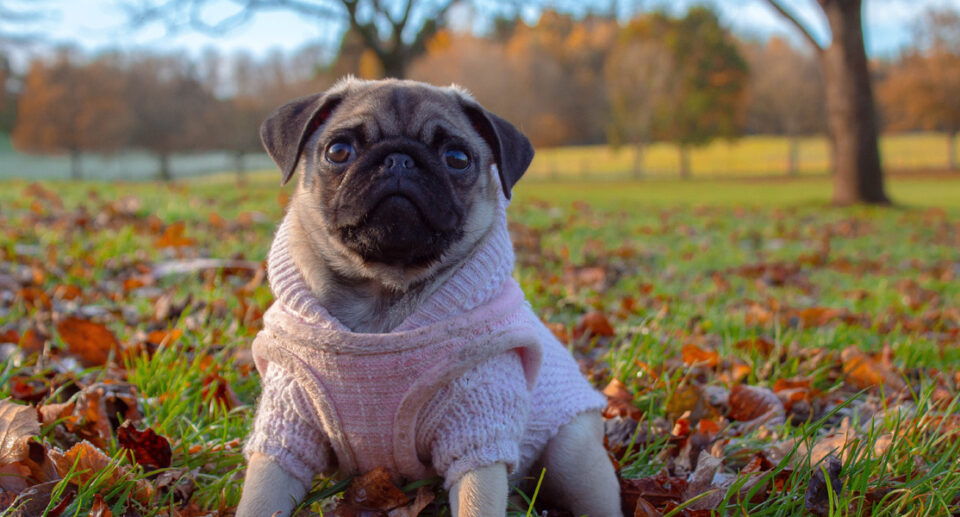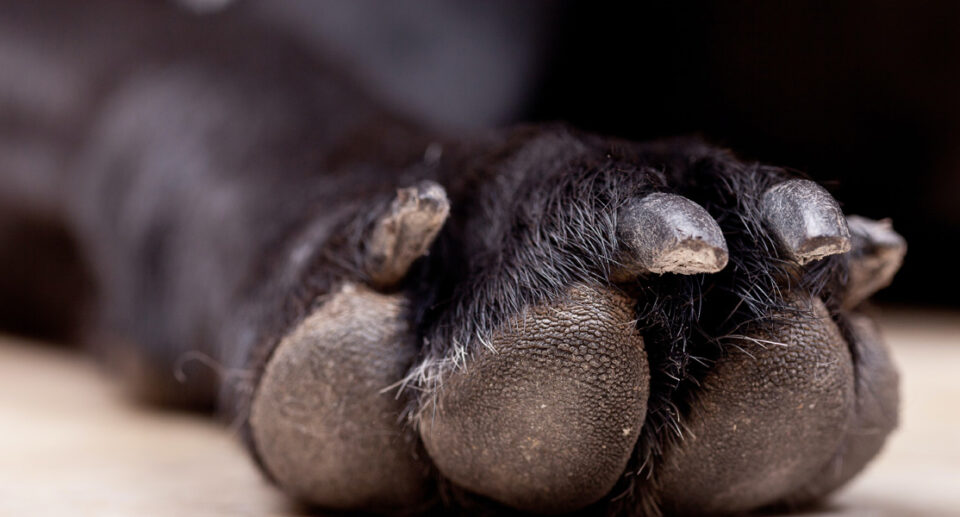
As the days get shorter and the leaves start to pile up, you might notice another seasonal tradition: tumbleweeds of fur blowing across your floor, clumps of undercoat on your couch, and an accessorizing layer of fluff all over your clothes. Fall shedding can be tough, but it’s just a sign that your dog’s natural, protective winter coat is on its way.
Do All Dogs Shed In The Fall?
Throughout the year, all dogs experience at least some shedding. No dog is totally shed-free, even those with a single-layer hair coat such as the Poodle or Yorkie. Single-coated dogs shed as their hair reaches the end of its growth cycle, though each hair grows and falls out individually, rather than all at once. So, your single-coated dog will lose a little bit of hair each day, all year round.
Dogs with a double-layered coat, including the Labrador, Beagle, Husky, Chihuahua, and German Shepherd have a protective topcoat and insulating undercoat. Their coat may be short or long. Double-coated dogs tend to shed the most in the spring and fall as the seasons change.
Why Dogs Shed In The Fall
As the days grow shorter and your dog is exposed to less sunlight, their pineal gland starts to produce more melatonin. Their melatonin production usually peaks on the winter solstice, which is usually on or around December 21st in the northern hemisphere. After that, they will gradually produce less melatonin leading up to the summer solstice around June 21st, repeating the cycle into the fall.
You may know melatonin as the hormone that helps control sleep, and you may have even taken a synthetic form to help you catch more zzz’s. Melatonin also influences your dog’s shedding and hair growth. Through the fall-time, as your dog produces more melatonin, their soft insulating undercoat will molt to make way for a thicker, warmer winter coat.
Dogs who spend most of their time indoors under artificial lighting may have altered shedding patterns. They may experience delayed shedding or they may shed year-round.
Is It Just Shedding, Or Is It Hair Loss?
It’s a good idea to pay attention to when your dog sheds, and how much, each year. Their shedding cycle should stay fairly consistent from year to year, but may change if you move more than a few miles away or if they spend more or less time outside than usual.
Keep in mind that excessive hair loss may be a sign of a health issue. Shedding happens fairly consistently across the body, and does not normally result in patches of thinning or missing fur. Poor coat quality, odor, itching, or redness are all signs that your dog’s hair loss is not a result of seasonal shedding. Hair loss may be caused by stress, parasites, a skin infection, allergies, hypothyroidism, or even friction from their harness or collar. See your veterinarian if you suspect your dog may be experiencing something other than their usual seasonal shedding.





